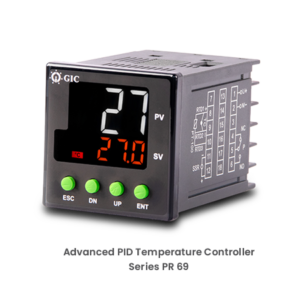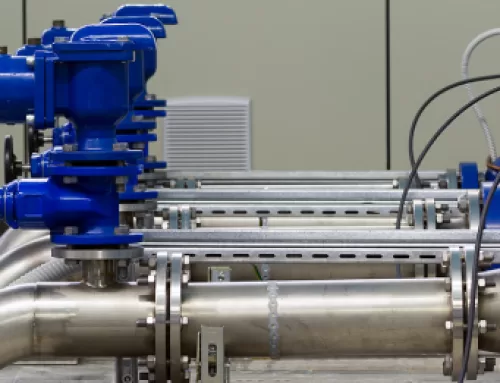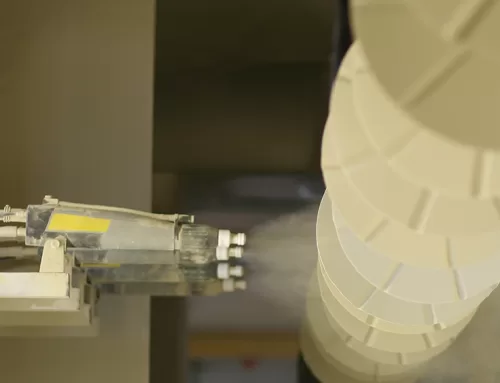Product Category
Process Control
Product
TEMPERATURE CONTROLLER
Application
PLASMA NITRIDING
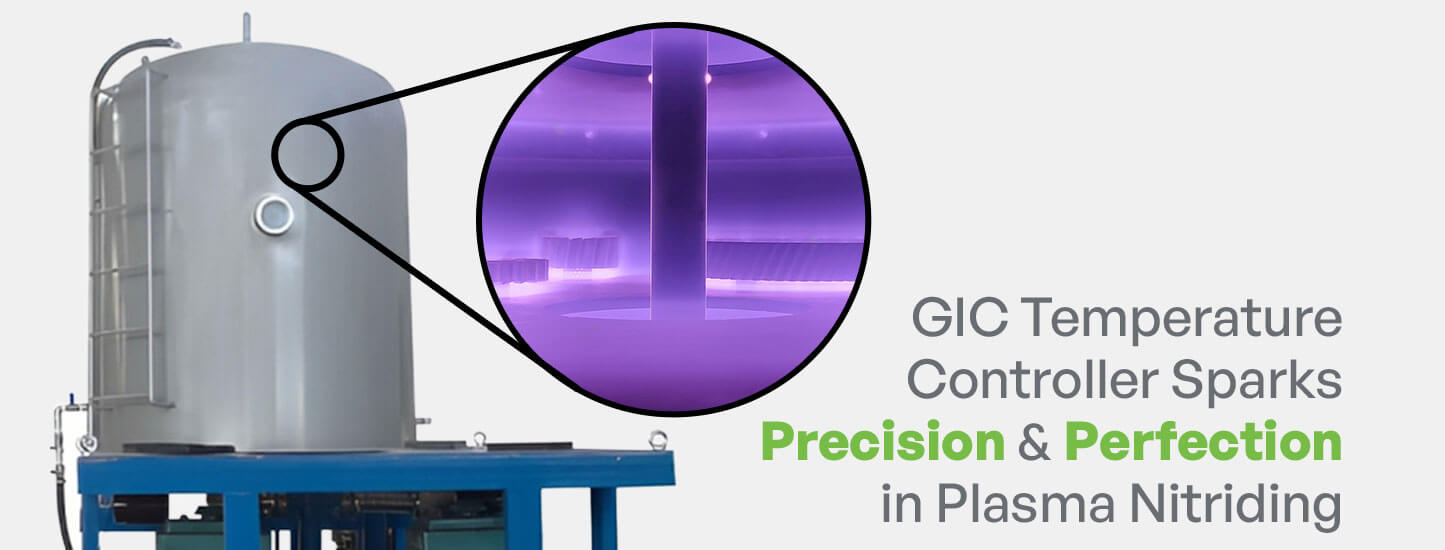
Introduction
Plasma nitriding is a critical heat treatment process used to enhance the surface properties of metal components, such as hardness, wear resistance, and corrosion resistance. Accurate temperature monitoring plays a vital role in ensuring the success of the plasma nitriding process. This case study focuses on the implementation of the GIC Temperature Controller in a plasma nitriding chamber to improve temperature monitoring and control.
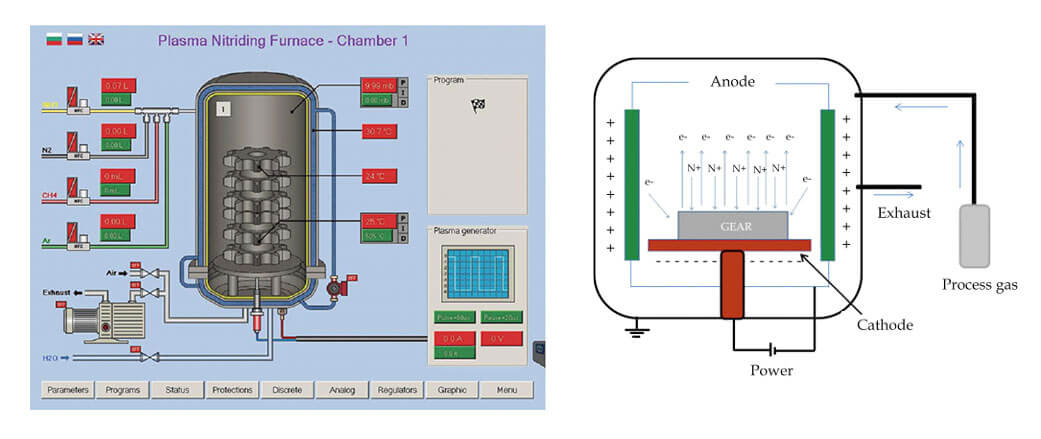
Challenges
A reputed client reached out to us with a very peculiar problem. They faced fluctuations in temperature that affected the quality and consistency of their plasma nitriding process, leading to variations in the treated components’ properties.
Solution
To overcome these challenges, the advanced PID Temperature Controller Series PR 69 was implemented in their plasma nitriding chamber.
The following steps highlight the solution.
- Installation: The GIC Temperature Controller was integrated into the control panel of the plasma nitriding chamber. Temperature sensors were strategically placed inside the chamber to measure the temperature accurately.
- Set point configuration: The desired temperature set point for the plasma nitriding process was programmed into the temperature controller. This set point represented the target temperature required for optimal nitriding results.
- Real-time temperature monitoring: The GIC Temperature Controller provided real-time temperature monitoring through its display interface. Operators could easily observe the temperature readings inside the chamber and track any deviations from the set point.
- PID control algorithm: The temperature controller utilized a PID (Proportional-Integral-Derivative) control algorithm to regulate the heating elements or gas flow, depending on the system configuration. The PID Temperature controller algorithm continuously adjusted the process parameters based on the temperature feedback, ensuring precise temperature control.
- RS485 notifications: The temperature controller included configurable RS485 features. If the temperature deviated significantly from the set point or if any system faults occurred, operators were promptly notified through PLC /HMI System, enabling them to take immediate action.
The GIC Effect
The implementation of the GIC Temperature Controller in the plasma nitriding process yielded the following results and benefits:

Accurate temperature monitoring: The temperature controller provided reliable and accurate temperature readings inside the chamber, eliminating inconsistencies in the temperature measurement. This accuracy ensured precise control over the nitriding process parameters.

Improved temperature control: The PID controller algorithm enables precise regulation of the heating elements or gas flow, minimizing temperature fluctuations and maintaining the set point within a narrow tolerance range.

Enhanced process consistency: The precise temperature control facilitated consistent and repeatable plasma nitriding results. This consistency led to improved product quality, reduced rework, and increased customer satisfaction.

Timely fault detection: The alarm notifications provided by the temperature controller enabled operators to address any temperature deviations or system faults promptly. This proactive approach minimized downtime, reduced process interruptions, and prevented potential damage to the equipment.

Operator convenience and ease of use: The user-friendly interface of the temperature controller simplified the monitoring and adjustment of the temperature parameters. Operators could easily observe the temperature readings and make necessary adjustments, enhancing their convenience and efficiency.

Long-term reliability: The GIC Temperature Controller, known for its robust construction and reliability, contributed to the overall durability and longevity of the plasma nitriding equipment. This durability minimized maintenance requirements and ensured uninterrupted operation.

